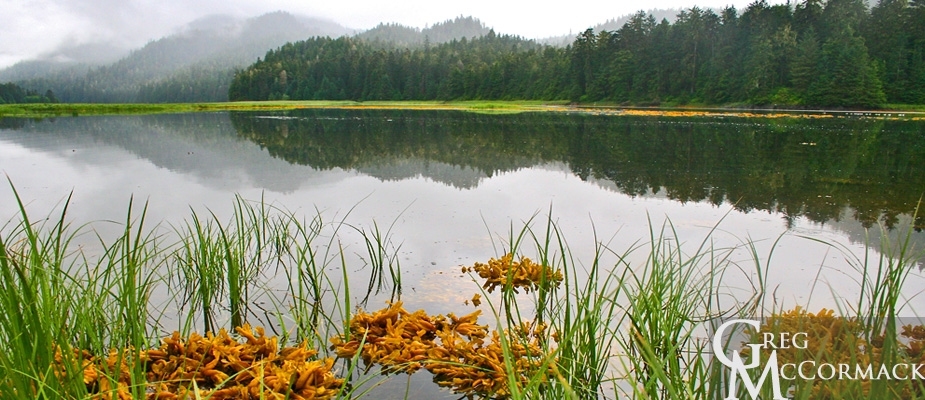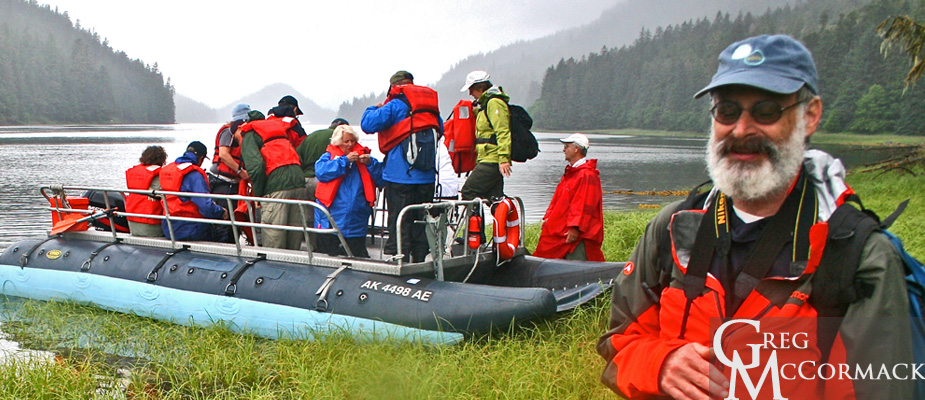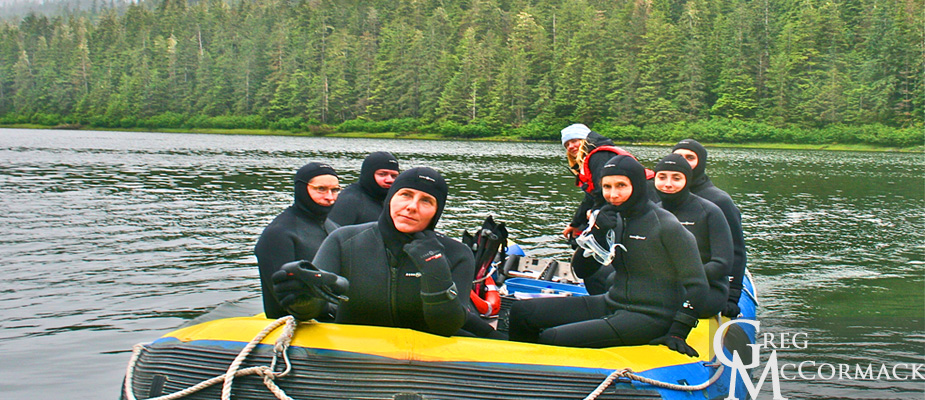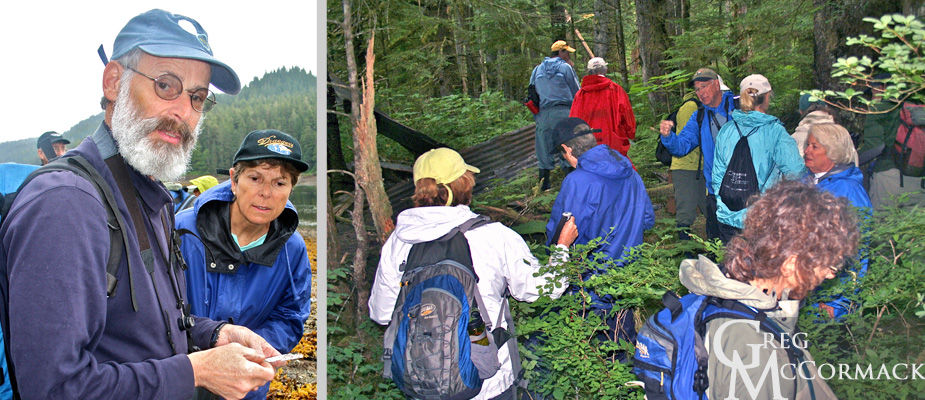Search results
Thursday | July 14
September 26, 2011 by admin
Filed under InnerSea Discoveries
Port Houghton
“It is only with the heart that one can see rightly, what is essential is invisible to the eye.” –Antoine de Saint Exupery
Today I lead two groups of hikers into the upper reaches of an incredibly rich ecosystem. We see hundreds of flatfish scuttling about on the mud-bottoms as we make our way up the estuary. 1000s of salmon dart in front of our small 10-passenger boat and a few dozen leap out of the water for some breaching action.
I ask the adventurers: “Why do salmon breach or come completely out of the water?” The answers all sound plausible, such as “because it’s fun” or “they leap to catch insects”. My observations: salmon just started leaping out of the water in the last two weeks. Countless thousands of them are nearing the end of their life-cycle by coming back—via olfactory and magnetic cues–to their natal streams. They are undergoing tremendous hormonal changes and are gearing up for the ultimate biological endeavor: Spawning until they die.
Are the salmon are leaping perhaps to knock off ecto-parasites such as sea lice? Maybe it is the gravid females trying to break up the chains of eggs developing from within their abdomens? Perhaps so much testosterone or progesterone is like having a bunch of high-school teen-agers getting ready for prom night? Whatever the reason, within weeks, all of these fish (the exception in the salmonid family are the Steelhead trout which can breed more than once) will be dead and their carcasses will be feeding dozens of birds, mammal and plant species.
We have spring tides (high highs and low lows) just after the full moon. This morning the low is a -2.5 feet and 6 hours later a high of over 14-feet. Imagine trying to fill a swimming pool 16 vertical feet in 6 hours, that’s 6 inches every 15 minutes of an incoming or outgoing tide.
The low tide is exceptionally different from the time that we scouted last night (10 p.m. at mid-tide). Many dozens of acres in the estuary are exposed and we have to drop-off a mile further out. The sessile or attached creatures are abundant in the intertidal zone. Sea anemones, crabs, urchins, mussels, barnacles, limpets and others are all competing for available space.
We find thousands of tiny garnets from garnet-infused shist rock. Eventually we make it above the wrack zone where algal drift is piled up and desiccating on top of halophytic or salt-loving grasses.
Harbor seals ply the waters and eagles are seen perched in almost every standing deadwood structure (snags) lining the serpentine slough of this biologically rich and productive ecosystem. Juvenile and adult Bonapartes Gulls, Arctic terns and mew gulls cry out as they search the waters for small schooling fish.
The old-growth forest is impressive. We enter and are surprised to find an old trappers or fox farmers dilapidated cabin nestled in amongst the old-growth spruce and hemlock forest adjacent to a euphonious, clear-running stream. We could only imagine what other stories this area had in the forgotten past. Fox farming occurred in many areas of Southeast Alaska in the early 1900’s.
We get back in time for a hot lunch on this misty morning.

In the afternoon, I go out with a smaller group and the same boat driver Michael. He and I are stunned at the height of the high tide. We motor up two miles further than the low tide and the whole area is almost unrecognizable. What was at least 100 acres of exposed marsh and estuarine habitat was completely inundated.
It was very tempting to motor farther up and get dropped off in bear country, however it was prudent to plan for the outgoing tide and so we were dropped off in what turned out to be the same exact spot for our pick-up.

Richard Droker, our guest that is a geologist and lichenologist (contributed images to the book Macrolichens of the Pacific Northwest, by Bruce McCune and Linda Geiser) was excited about my finding dozens of lichens. He commended me on my interpretation of the last several decades of forest management practices and the issues surrounding the conservation of the highly migratory salmon species. He said it was the best summation he’s ever heard on the issues, a nice compliment.
At the end of my discourse, Richard hands me a slip of paper labeling several species of bryophytes on it, including: Sphagnum moss, Hylocomium, Rytidiadelphis, Rhizomnium, Conocephalum, Scapania, and Discranum.
Later in the evening I see Richard looking through a hand lens at a small spruce branch laying on one of the tables in the lounge area. “How many species do you see, Richard…a half-dozen?”
A few minutes later, I am amazed to see the list: Bryoria, Alectoria, Usnea, Ramalina, Hypogymnia, 2 species of Parmelia, Nephroma, Platismatia, Lobaria, Lecanora, Lecanorine, Lepraria, Chrisothrix, Pertusalaria, Trentepohlia, a moss and liverwort!



